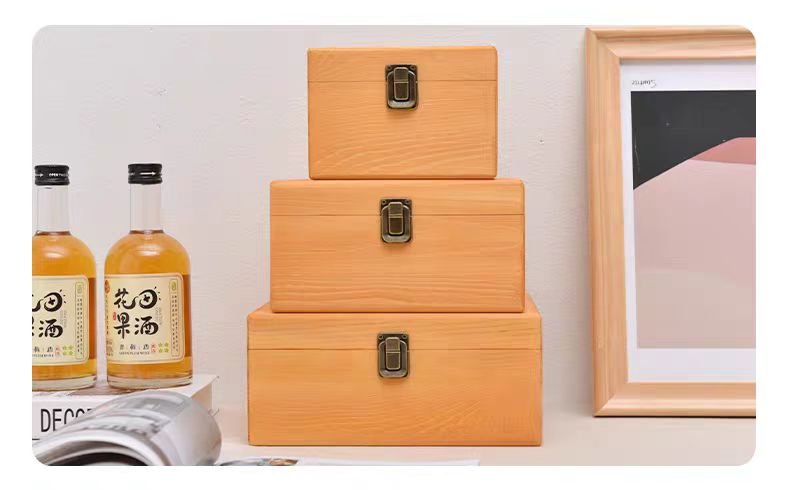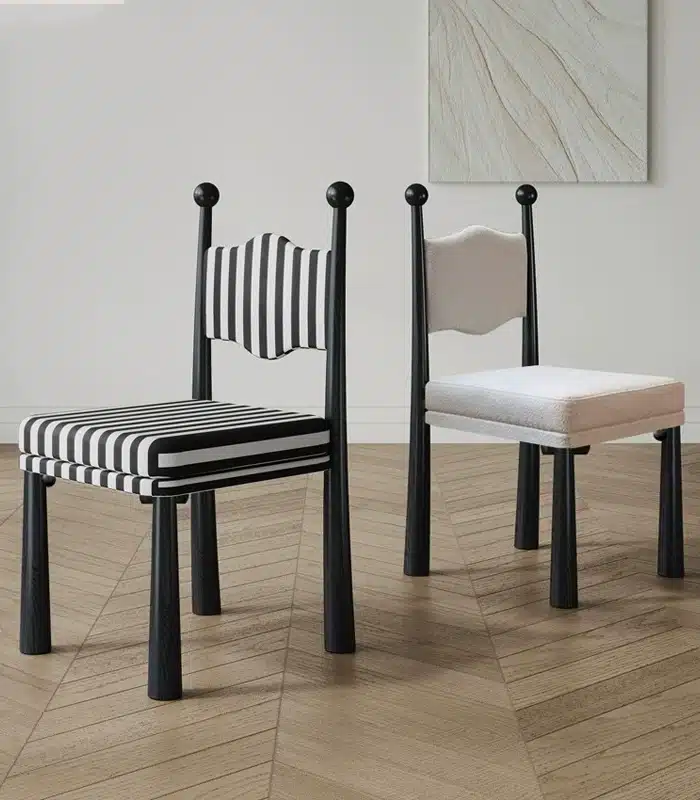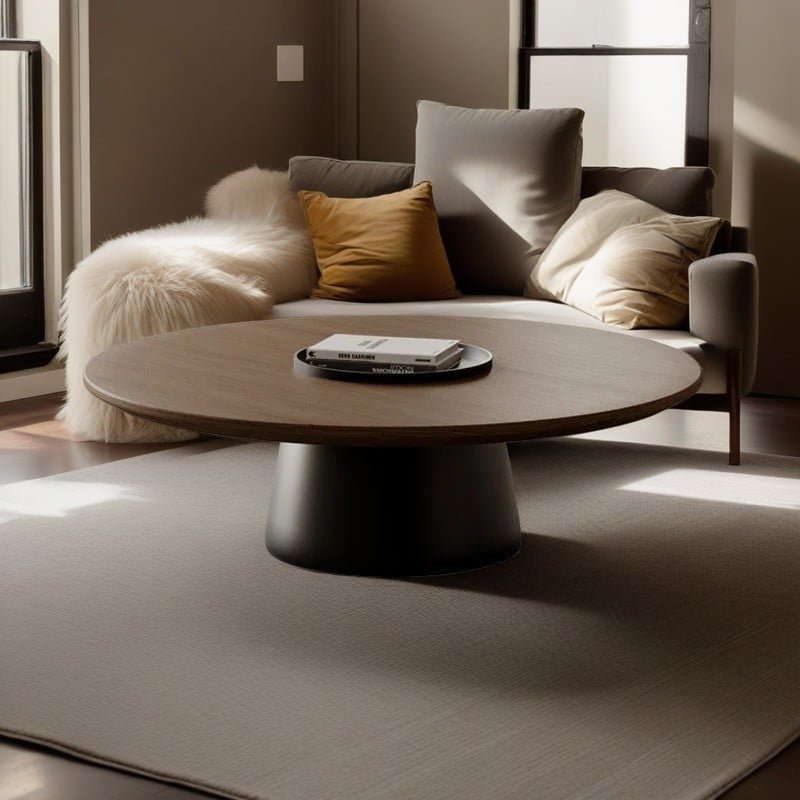Solid wood furniture is popular for its natural texture and environmental protection, but moisture and insect infestation are two common problems. The following combines professional methods and life skills to provide a full range of solutions from prevention to treatment:
Insect prevention: Blocking pest invasion
Chemical treatment
Spraying liquid medicine: For furniture that has been infested with insects, dichlorvos and water can be used in a ratio of 1:5 to prepare liquid medicine. After spraying, seal it for 8 hours to effectively kill insects. After treatment, it needs to be thoroughly cleaned and dried.
Apply insect-proof paint: Use raw tung oil, shellac paint or varnish to evenly apply the surface and internal gaps of the furniture to block the contact between termites and air, and pay special attention to the details of corners.
- Natural insect-proof materials
Camphor and pepper: Place camphor balls or pepper bags in the cabinet to use their smell to repel insects. Camphor should avoid contact with elastic clothing, and pepper is suitable for environments with a moisture content that meets the standard.
Camphor wood blocks: Place camphor wood chips or wood blocks in the corners of furniture, which are naturally moth-proof and non-toxic.
Termite control
When termites are found, special agents should be used in time. Modern termite drugs are “contagious” and can kill the entire nest of termites. It is recommended to contact a professional prevention and control agency to avoid the spread caused by improper operation.
- Moisture-proof: Controlling humidity is the key
- Environmental control
Ventilation and dehumidification: Avoid opening windows in humid seasons, use the air conditioner dehumidification function or dehumidifier to keep the indoor humidity at 50%-60%. Ventilate and dry furniture in time on sunny days.
Placement: Stay away from humid areas such as bathrooms and kitchens to avoid direct sunlight that may cause fading or cracking of the paint surface.
- Physical moisture-proof measures
Moisture-proof pads and desiccants: Place moisture-proof pads at the bottom of the furniture, and place moisture-absorbing boxes or quicklime bags in the cabinet (sealable to prevent dust) and replace them regularly.
Regular maintenance: Wipe the surface with a dry soft cloth, and apply special wood wax oil or walnut oil every quarter to form a protective film to isolate moisture.
- Emergency treatment
Mold spot cleaning: If there are mold spots on the furniture, gently wipe it with bleach (1:3 water) and then wash it with clean water. After drying, apply anti-mold paint.
Repair of moisture deformation: Minor deformation can be restored by drying in the shade, and serious deformation requires professional repair. Avoid using direct heat from electric heaters to prevent the wood from cracking.

- Daily maintenance and purchase suggestions
- Regular inspection and cleaning
Check the corners and joints of the cabinet every month for signs of insects or moisture.
Hard brushes are prohibited when cleaning. It is recommended to use soft cloth or feather duster to avoid scratching the surface.
- Material and process selection
FSC-certified wood is preferred: wood certified by sustainable forestry (such as FSC certification) is pre-treated for insect and moisture resistance and is more durable.
Pay attention to the paint process: fully enclosed paint coating can effectively isolate moisture and insects. When purchasing, pay attention to whether the edges and corners are tightly sealed.
- Structural design considerations
Modular furniture is easier to disassemble and maintain, and the mortise and tenon structure prevents the glue from becoming ineffective due to moisture.
The design with hidden ventilation holes can adjust the internal humidity and prevent mildew.
- Special scenario response
- Rainy season
Use a dehumidifier or air conditioner to dehumidify continuously, hang a dehumidification bag in the wardrobe, and ensure that the clothes are dry before storage.
Wipe the furniture with diesel regularly and dry it in the sun to enhance the insect-proof effect (applicable to unpainted furniture).
- Floor heating environment
Solid wood furniture should be kept away from the floor heating outlet, and insulation pads should be installed at the bottom to prevent high temperature from causing the wood to lose water and deform.
V. Misunderstanding warning
Use dichlorvos with caution: Although the insect-killing effect is significant, its toxicity may harm the human body. It needs to be strictly diluted in proportion and protected, and thoroughly cleaned after treatment.
Avoid over-reliance on mothballs: Long-term use of chemical mothballs may affect the material of clothing. It is recommended to use it alternately with natural insect-proof materials.
Solid wood furniture needs to be protected from moisture and insects through daily maintenance, environmental control, and material selection. Regular maintenance combined with scientific methods can extend the life of furniture to decades. If the problem is serious, it is recommended to contact a professional organization to avoid secondary damage caused by self-operation. Choosing environmentally friendly wood products that have been certified by FSC can reduce the risk of insect infestation and moisture from the source.



